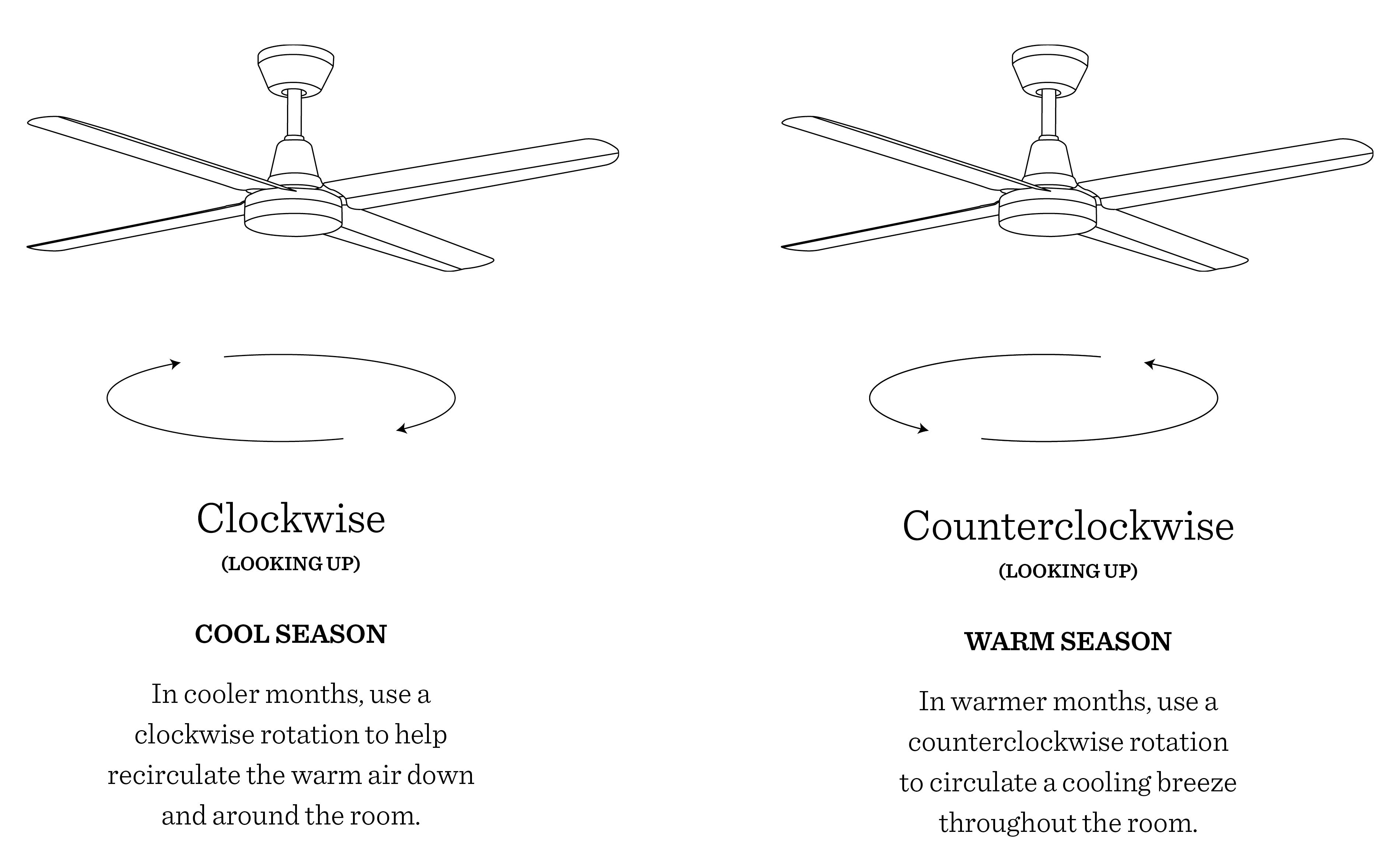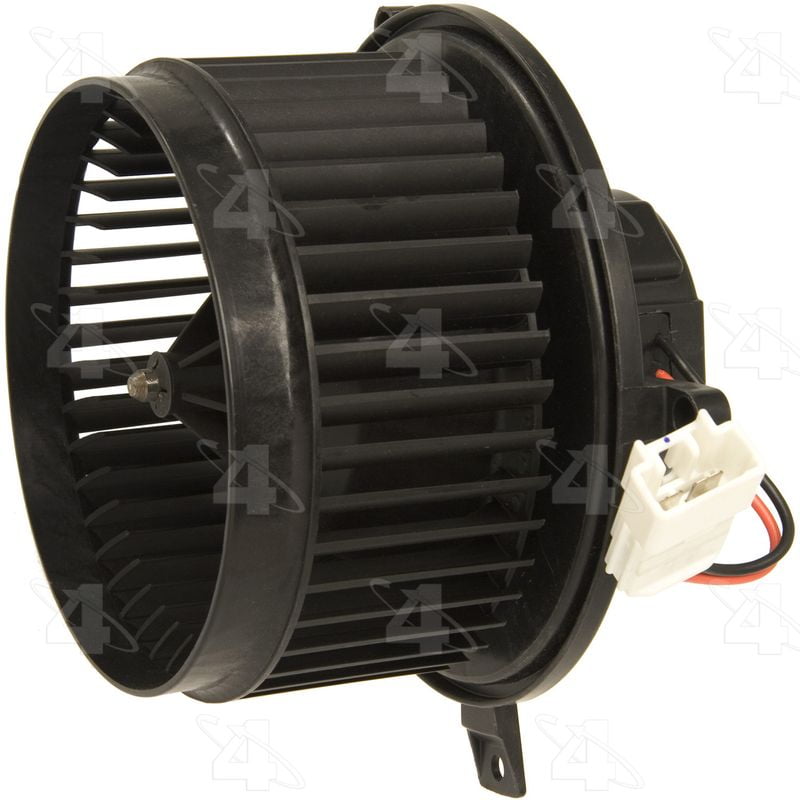

Must be used with All-Weather or outdoor blades. Includes moisture-resistant motor and finish and stainless steel hardware. Damp-rated: UL or ETL rated for damp, humid, or covered exterior locations.

CFM: cubic feet per minute a measurement of airflow.Blade Sweep: Diameter of your ceiling fan from blade tip to blade tip.Pitch helps determine the efficiency of the air movement produced by the ceiling fan. Blade Pitch: The angle of the blades on a ceiling fan.High-quality bearings contribute to vibration-free operation, quiet and long life. Bearings in ceiling fans are precisely formed spheres of hard metal or composites that revolve as the motor spins against them. Bearings: Ceiling fan bearings separate the moving part of the motor from the housing that surrounds it and reduce friction and wear.The higher the product’s airflow (cfm) and airflow efficiency, the more energy-efficient it is. Airflow Efficiency: measured in cfm per watt.Airflow: measured in cfm the higher the product’s airflow and airflow efficiency (cfm/watt), the more energy-efficient it is.Visit to find out how a Service Agreement can protect you from financial surprises at home. This one is as easy as changing the direction of your ceiling fan! Protect your home and its appliances with an affordable Home Warranty Service Agreement. Owning a home takes a lot of work, but there are many ways to maintain the comfort of your house. And, while you’re at it, don’t forget to give your furnace a quick check and perform some basic winter maintenance, like changing the air filter. You may need to poke around a bit and remove some screws to find the switch on your model, but it’s there!įor the best results, run your fan on a low setting to stimulate air movement and stay warm all winter long. Most ceiling fans have a small switch that allows you to change the direction the blades spin.
Clockwise fan rotation how to#
How to change the direction of your ceiling fan Since the thermostat detects the temperature of the air near it, keeping warm air closer to your thermostat allows you to set it at a lower temperature while still staying nice and toasty. Your thermostat is located closer to the ground so that you can easily monitor it and adjust the setting. Why does changing the direction of a ceiling fan save money and energy? This updraft forces the warmer air back down toward you and your family. When you switch the direction that your ceiling fan’s blades turn (so that they’re spinning clockwise), that cold air is drawn upward. Warm air always rises (which is why attics and upper levels of homes are so much warmer than lower levels), so the warm air generated by your furnace naturally rises up to the ceiling while cooler air sinks toward the floor. Things change a bit during winter once your heating system kicks on. This is called the wind chill effect and it makes you feel cooler. You know it’s working because you can feel a cool breeze when standing directly underneath the fan. During the summer, when your fan is spinning counterclockwise, those angled blades help move air down. The blades of a ceiling fan are angled slightly. Why does the direction of my ceiling fan matter?Īccording to Apartment Therapy, running your ceiling fans during the cold winter months can help you save as much as 10% on your heating costs. It’s a simple fix that sounds almost too good to be true, so is there any truth to these claims? Let’s find out. You may have heard that reversing a ceiling fan can help keep you warmer during the winter (and also cooler during the summer) while saving energy and reducing your utility costs. How Changing the Direction of a Ceiling Fan Saves Energy


 0 kommentar(er)
0 kommentar(er)
